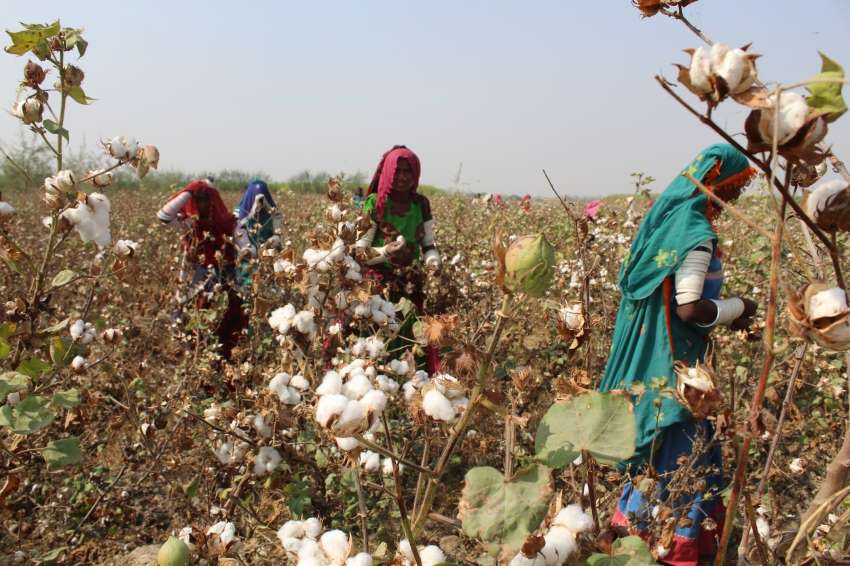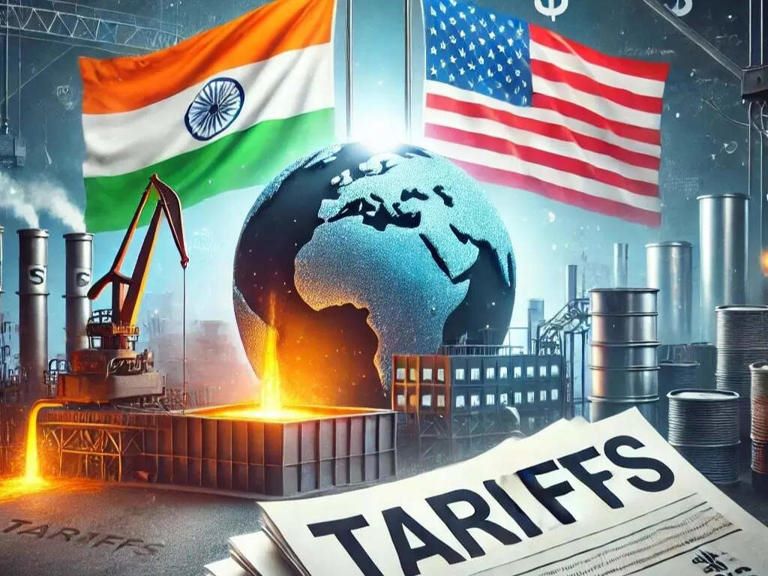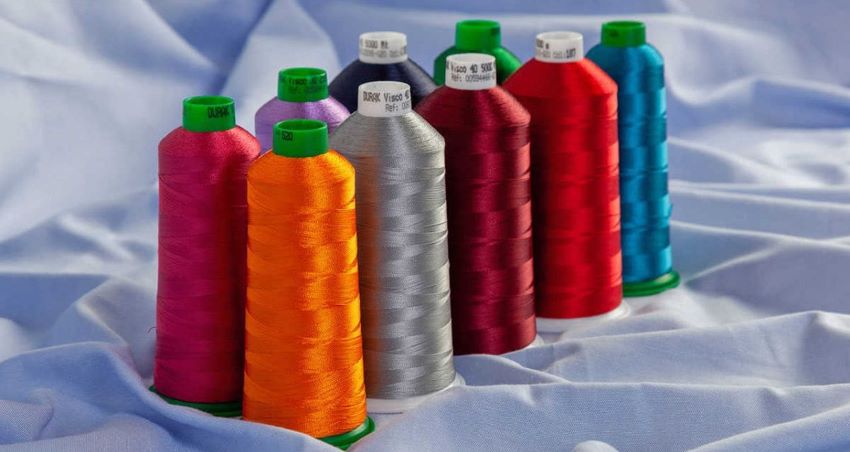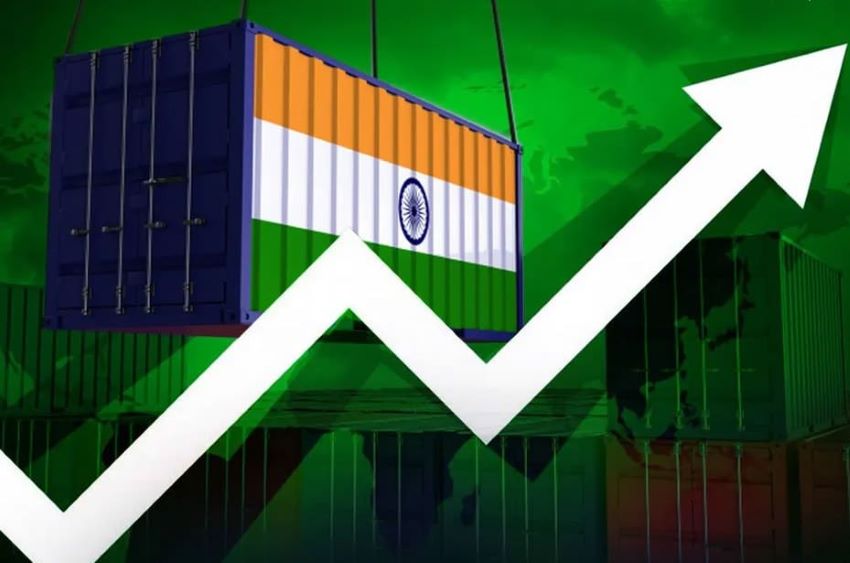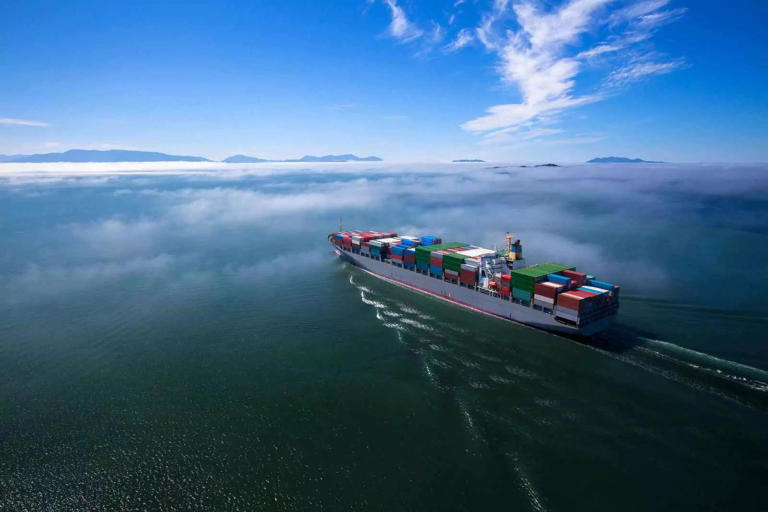FW
Heavy rains in April and May in the US have delayed cotton planting in several states, including top producer Texas. Cotton for December delivery rose 5.6 per cent for the latest week to 67.51 cents a pound, the highest close since April 30.
The surge reflects hopes that the gap between US cotton production and demand will narrow. The feeling is that the US would produce less cotton in the year ahead than in the current year, but demand will remain near the lowest in more than a decade as apparel and textile companies turn to synthetic fibers. The US is the world’s largest cotton exporter.
South Texas is a traditional source of early, new crop bales, with a reputation for high fiber quality. If crop yields in Texas are lower, or if the harvest is delayed and the maturing crop gets too wet from seasonal rains, it could create a temporary shortage of quality fiber. The harvest is likely to run behind schedule due to the late start of the planting. The spring rains, which ended a four-year drought in Texas, also made it difficult for growers to get the seed into the fields. As of June 21, 94 per cent of the planned US cotton acreage had been sown, while in previous years planting was complete at this point.
While the Rajasthan government has been trying to boost sales of handloom Kota Doria saris worldover, weavers are suffering due to lack of direct access to the market. Copied powerloom designs offered at a much cheaper rate have been affecting business of most handloom products and no action has been taken against powerloom weavers.
Though the Rajasthan government’s efforts to push sales and recognition of the craft with international designer Bibi Russel has helped the community, the artisans feel that they are not enough to provide them direct market access. The weavers want their products to get retailed online so that their efforts are appreciated and products fetch some good amount for them to grow business.
One positive is the number of looms has increased from 1,500 to 2,500 over the years, engaging around 3,000 weavers, who contribute to the total business of around Rs 85 crores every year. Kota Doria is a fabric made of cotton and silk yarn with square patterns called Khat in local dialect. Zenab Bano of Kotsua (Kota) was awarded the National Award by the President of India in 1995-96 for Kota Doria work. Basheeran Bano of Kota got the National Certificate Award in 2012-13 for her Kota Doria product. After Bibi Russel’s efforts to bring more designs into Kota Doria fabrics, the use of Kanjivaram designs on Kota Doria has increased its demand specially in south India.
Many textile mills in Pakistan are on the verge of closing down. This is because of a steep increase in the cost of doing business. These mills are located in Khyber Pakhtunkhwa, Lahore, Faisalabad, Multan and Karachi feel they have nothing to offer international buyers against regional competitors.
The burden of incidental taxes, provincial cess, system inefficiencies and punitive withholding tax regime has added fuel to fire. Mill owners say the government has not brought unorganised sectors into the tax net and is billing the textile industry. All these incidentals and punitive measures have hit the sustainability of textile industry in Pakistan. The federal government had imposed a surcharge of Rs 3.60 per unit to mitigate positive impact of tariff reduction by the National Electric Power Regulatory Authority. The textile industry is unable to bear this burden despite operating on independent feeders with no line losses and theft and 100 percent payment of bills.
Regional competitors are paying less than 10 cents against 14.50 cents electricity tariff in Pakistan. Most of the mills are already operating partially because of the energy mismatch at present. Millions of workers are expected to be laid off.
Venkatagiri sari industry is suffering since powerlooms in South India are copying their designs and bringing out them quickly to market. And the impact is despite Venkatgiri sari receiving Geographical Indication tag some six years ago.
These handwoven saris are backed by the 300-year-old history created by artisan cluster situated in Nellore district, which earlier was under the dynasty of Venkatagiri. The sari is made of pure cotton adorning elaborate zari work using gold and silver on borders. The craftsmanship of the weavers was recognised and the sari became the 18th Indian sari to get Geographical Indication (GI) tag from the registrar of Intellectual Property Rights (IPR).
The GI tag is supposed to protect the product against misuse of designs, while boosting exports to other countries. However, due to lack of marketing and publicity support from the government wings, weavers of Venkatagiri sari have not been able to increase sales. In fact, they are now victims of design replication by powerloom clusters.
Sustainable technology firm Jeanologia has launched its latest innovation – software designed to help brands and garment finishers minimise their carbon footprint. The Environmental Impact Measuring software is meant for the garment finishing industry and assesses the environmental impact of the finishing process in the areas of water and energy consumption, chemical product used, and worker health.
The new launch is a ‘revolutionary tool’ that will allow both laundries and brands to implement sustainable processes in their manufacturing centres and control its development, regardless of what country they are in, to produce ecological collections based on the same parameters anywhere worldwide.
Currently, popular apparel brands such as H&M has used the software for its conscious denim collection, and Jack & Jones for its low impact collection. Denim giant G-Star is also using the technology.
The company, with more of 20 years of experience, is the world leader of sustainable technologies development. It caters to the customers spread across five continents. Jeanologia products and solutions are currently being used in more than 45 countries including: México, Colombia, Brazil, USA, Germany, Italy, Portugal, India, China, Russia, Japan, Morocco and Bangladesh.
www.jeanologia.com
Export of value-added cotton textile products such as dyed and printed fabrics and made-ups to African countries will be affected as the new foreign trade policy has removed the benefits extended so far on these exports, says R K Dalmia, Chairman of the Cotton Textiles Export Promotion Council (Texprocil).
Dalmia said recently the newly-introduced Merchandise Exports from India Scheme has allowed duty credit scrip of two per cent, three per cent and five per cent to exports of notified products to specific countries. However, it does not include export of products such as the dyed and printed cotton fabric and made ups to African countries. The share of textile exports to African region is less than five per cent now and the potential is huge.
The products usually exported to African countries are materials that are used in traditional dresses and are manufactured by small and medium-scale units. And according to Dalmia, these units need support to tap the potential in African market. The early foreign trade policy granted duty credit scrips at four per cent of the FOB value of exports in general for export of cotton fabrics and made ups to many African countries, he said.
www.texprocil.org
New Zealand ended its 2014-15 wool season with the smallest volume of the clip sold through auctions in least seven years. This is because more farmers were attracted to premium prices and protection from commodity price volatility offered in private sales. The auction system's share of wool is likely to continue to shrink. An estimated 4,64,000 bales are expected to come up for auction in 2015-16 year, down from 4,80,000 bales in 2014-15 and 4,93,000 bales in 2013-14.
New Zealand has probably rounded out its smallest annual wool clip in six years this season, reflecting the lowest sheep flock in more than 70 years, dry conditions and an increased focus on meat producing breeds of sheep. The amount of wool that is going through the nation’s auction system is also declining, as farmers are seeking higher returns from direct contracts.
There has been a shift in how farmers are looking to sell their wool and some farmers are choosing to move their wool away from the auction system. A small shift away from auctions began in the 2013-14 season, whereas in 2014-15 there has been a huge shift. In recent years, sheep numbers are declining and an increased amount of wool is circumventing the auction system.
The GSP Plus status has had an extremely positive impact on Pakistan's exports to the EU, which has increased by 20 per cent in the last year. If Pakistan’s exporters were provided uninterrupted power supply their exports to the EU can increase further. Power outages are a challenge for Pakistani exporters because they make their products a little more expensive and if they could get more electricity their margin of profit would increase.
Energy restrictions are limiting the capacity of textile exporters. After GSP Plus lowered tariff on Pakistani exports, exports of Pakistani goods and textiles and leather garments had registered a significant increase since 2014.
Pakistani exporters are smart at circumventing many difficulties they face which is not easy. They are very good at finding solutions where they can work at any time. If the energy crisis were to be resolved their capacity to export more would be increased. Pakistani textile businessmen are known for their expertise. The real challenge for them is to meet commitments on time and in business, precision is important and companies are good at doing that. Pakistani exports to the European Union have earned it $1.3 billion in foreign exchange.
ICAHT 2015, the international conference on apparel and home textiles, will be held in New Delhi, October 31, 2015. The conference will cover all aspects of the apparel industry, including problems of small-scale enterprises in the developing world, barriers which are hindering the growth of this industry, the strength and weakness of manufacturers in different region, globalisation issues, resource and manpower scarcity, quality of the product, trade laws, adopting new techniques to improve productivity, managing global supply chain and finally changing apparel industry trends with ever-changing fashions.
The idea is to explore creativity and the creative process through the lense of imagination and innovation. ICAHT will discuss improving efficiency, cutting costs, shorter lead time, better understanding of customer value in the present situation and government help in forming policy to boost and motivate exports.
The conference aims to provide an environment for academics, researchers and practitioners to exchange ideas and recent developments in the field of apparel manufacturing. The conference is expected to foster networking, collaboration and joint effort among the conference participants to advance the theory and practice as well as to identify major trends in apparel manufacturing.
The global apparel manufacturing industry is expected to grow more in future. Apparel manufacturers are now adopting new techniques to increase their trade. New business models and competitive strategies are used to enhance profits and growth.
China is the world's largest user and second largest producer of cotton. That country’s actions relating to stocks and imports could be an overwhelming factor on improvement of cotton prices. China holds 60 per cent of the world’s cotton stocks, cotton leftover from previous years. Their policies affect how cotton is used, the way it’s moved into the supply chain and when it will have a big impact.
Also, a significant development is the monsoon season in India, the world’s largest cotton producer. The Indian government has forecast monsoon deficit, meaning the country’s cotton crop estimate could be lowered. India’s expected decrease in cotton production could be another factor in the direction that prices take in future months.
Cotton farmers prefer to see prices reach the 80 cent plateau, a mark not seen since June 2014. The US Department of Agriculture will release its estimate of actual cotton acreage planted in the US on June 30. Some years, when cotton prices are low, everything else is low. Then farmers just stick with cotton. Some years when cotton prices are low, other commodities, like corn and soybeans, are a lot better. Farmers shift some acres out from cotton and in to those other crops. That’s what has happened this year.


